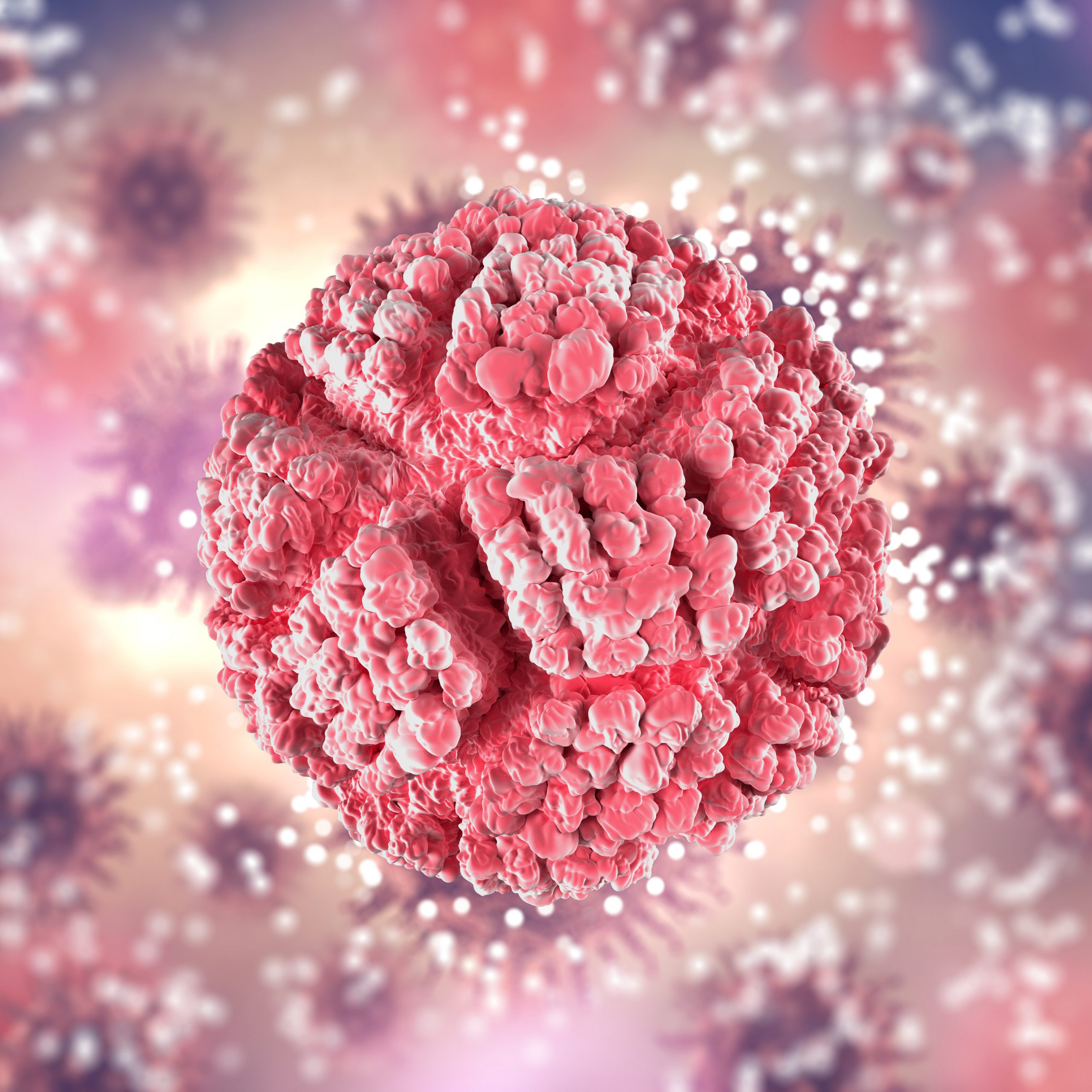

The p53 gene is one of the most crucial in the human genome: the only function of the p53 protein encoded by this gene is to detect and eliminate tumors. Despite the fact that the gene was discovered more than four decades ago, experts have been unable to figure out how it functions. Researchers at The Wistar Institute have discovered a fundamental tumor suppression mechanism by which p53 inhibits cancers in a recent study published in Cancer Discovery.
The researchers found the method by which p53 initiates immunological activity that, in turn, destroys the tumor by using a genetic variant of p53 and comparing what that variant failed to accomplish with what the healthy “wild type” p53 gene could do.
“The paradigm shift is that instead of asking ‘What does p53 do’ we were able to use a lesser-functioning but cancer-predisposing genetic variant in African Americans to tell us ‘What does p53 not do when it doesn’t suppress cancer?'” said Maureen E. Murphy, Ph.D., senior author on the paper and deputy director of the Ellen and Ronald Caplan Cancer Center and Ira Brind Professor and program leader of the Molecular & Cellular Oncogenesis Program at The Wistar Institute.
In the United States, 4.5 million people have inherited, or germline, p53 mutations that raise their risk of cancer. A small proportion of these people have a mutation that causes Li Fraumeni Syndrome, which causes them to grow numerous tumors every few years beginning in childhood.
Others with distinct p53 mutations have hypomorphs, which are gene variants that have a similar but weaker effect than the corresponding normal, or wild-type, gene. These people develop cancer as well, but it is less aggressive and occurs later in life.
Murphy and her colleagues chose to investigate how tumor suppression mechanism of p53 by looking at how one specific hypomorph fails to reduce them. Because African Americans have the highest cancer burden of any ethnic group in the world, the researchers chose an African-specific variant called Y107H.
Their first notion was that they could utilize the hypomorph to determine which “downstream” genes—those that p53 would normally activate—are important for tumor suppression. Murphy’s group was able to accomplish both goals. Their second hypothesis was that they could then test for medications that would eliminate the hypomorph tumors.
The researchers began by creating a mouse model of their African-specific hypomorph Y107H utilizing CRISPR editing. The mice with Y107H developed numerous types of cancer, as expected, and, like people with this mutation, they began getting cancer in “middle age” (i.e., after 12-14 months of an average two-year lifespan).
“It’s as though this was the key p53 target gene that, every time you have a genetic variant that predisposes you to cancer, it cannot turn on this gene,” said Murphy. She added that it makes sense that PADI4 would be implicated because this gene helps the immune system recognize tumors. It does this by modifying components of tumor proteins so that they become citrulline, which is a non-natural amino acid. When the immune system recognizes citrulline as a foreign body, it attacks.
“Essentially, when a tumor cell goes from one cell to two and it’s not supposed to, p53 is alarmed, it turns on PADI4, and PADI4 says, ‘Immune system, you better come get me,'” said Murphy.
Murphy’s research progressed beyond basic research and toward assisting cancer sufferers. First, the researchers used Wistar’s Molecular Screening and Protein Expression laboratory to discover medications that would be effective against Y107H hypomorphic cancers while sparing tumors with wild-type p53.
The researchers then sought a method to predict which patients would respond to immunotherapy and which would not. Normally, they would require considerably more human tissue samples from African Americans than they had. So they resorted to machine learning instead.
“Enter Noam Auslander, Ph.D., who is a brilliant machine-learning artificial intelligence person here at Wistar,” said Murphy. “She said, ‘Let me find the genes that p53 and PADI4 control together using bioinformatic approaches and create a gene signature.'”
Murphy’s research progressed beyond basic research and toward assisting cancer sufferers. First, the researchers used Wistar’s Molecular Screening and Protein Expression laboratory to discover medications that would be effective against Y107H hypomorphic cancers while sparing tumors with wild-type p53.
The researchers then sought a method to predict which patients would respond to immunotherapy and which would not. Normally, they would require considerably more human tissue samples from African Americans than they had. So they resorted to machine learning instead.
“We’ve not only said we have an important p53 target gene, but we also have an important five-gene signature that will actually tell us who will respond to immunotherapy and who won’t, and p53 is at the core of this signature.”
She also believes that this research could only have been performed at an institution like Wistar because collaboration was so crucial. “If you look at the authors on this, I have immunologists who did the immunology; I have machine learning people who did the bioinformatics; and I have drug screening people who did the compound screens,” said Murphy. “Wistar is just a thrilling place where everyone here is saying, ‘Here’s how I can help your research.’ It makes all the difference.”
more recommended stories
 Omega-6 Fatty Acid Role in Bipolar Disorder
Omega-6 Fatty Acid Role in Bipolar DisorderHigher concentrations of arachidonic acid, an.
 Transplant Drug Shows Promise in Slowing Alzheimer’s in Seizure Patients
Transplant Drug Shows Promise in Slowing Alzheimer’s in Seizure PatientsProtein imbalances, which heighten the excitability.
 Fentanyl Inhalation: Brain Damage Risks
Fentanyl Inhalation: Brain Damage RisksAfter treating a middle-aged man who.
 Enhanced Immune Response in New COVID-19 Vaccines
Enhanced Immune Response in New COVID-19 VaccinesAn improved vaccination offers an enhanced.
 Bioresorbable Wireless Sensor for Early Stomach Leakage Detection
Bioresorbable Wireless Sensor for Early Stomach Leakage DetectionIn a recent publication in Scientific.
 Neurocardiac Connectivity in Depression Treatment
Neurocardiac Connectivity in Depression TreatmentHeart rate deceleration and sadness may.
 Antioxidants: Impact on Quality of Life in Acne Vulgaris
Antioxidants: Impact on Quality of Life in Acne VulgarisA recent study published in the.
 Palliative Care Disparities for Opioid Users: Study Findings
Palliative Care Disparities for Opioid Users: Study FindingsIn contrast to individuals devoid of.
 Brain Pulsations Linked to High BMI
Brain Pulsations Linked to High BMIAccording to a new study from.
 Brain Age Estimation: EEG Advancements in Neurology
Brain Age Estimation: EEG Advancements in NeurologyTo estimate brain age using EEG.

Leave a Comment